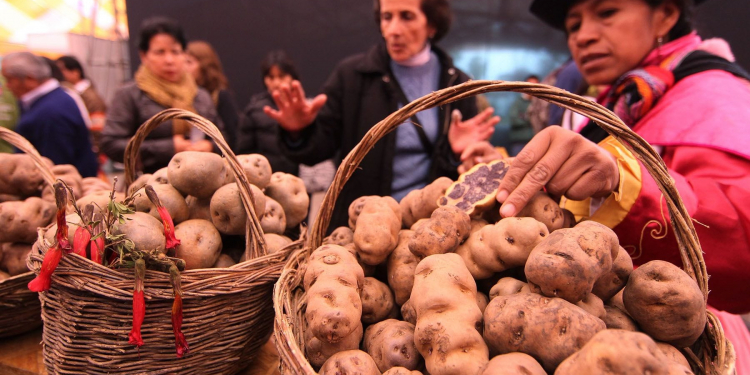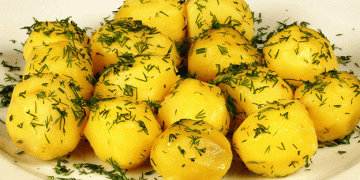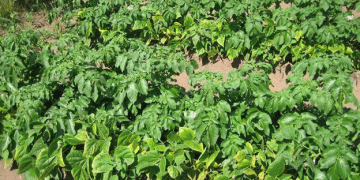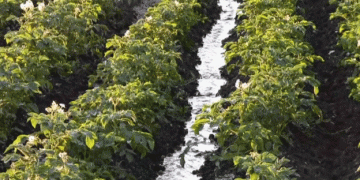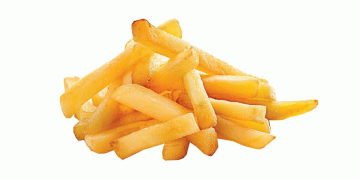Under the scorching sun of the Andes, Nazario Quispe plunges the plow into his potato field. But he is not sure he will be able to harvest them in 2021 after a pandemic added to the lack of rain.
Nazario is one of the 7 million farmers who – despite bringing food to 70 percent of Peruvian tables and having spent their savings in almost eight months of confinement to stop the spread of the coronavirus – do not receive help from the State, which has privileged for 30 years to a handful of agro-exporters. “If my savings run out, what am I going to support myself with?” Asked the 51-year-old man and father of five who grows 150 varieties of potatoes in the highlands of Pisac, a district located in an area called the Sacred Valley of the Incas in southern Peru, at more than 3,800 meters of altitude.
The plot where he also grows beans and ollucos is the family’s last resort after income from other activities – such as the sale to foreign tourists of colorful knitted hats and ponchos and the meat trade – disappeared due to the pandemic. “The place of refuge for peasants has been the plot, which at least guarantees the possibility of access to food,” said sociologist Giovanna Vásquez, expert in rural issues and manager of the National Convention of Peruvian Agro, a network of agricultural unions.

According to official data, the price of potatoes fell by at least 30 percent between March and July due to the economic paralysis that depressed the demand for food and the difficulties in accessing markets due to the restrictions imposed by the pandemic. In Pampamarca the price of a kilo of potato fell to the cost of a piece of bread. Before the pandemic, it was worth five loaves, about 28 cents. Nemesio Quispe, 50, a resident of Pampamarca, said that due to fear of contagion, farmers did not travel to the large markets and sold to intermediaries. “The potato does not wait, worms, moths, dehydrates and intermediaries take advantage,” he said.
Several farmers claim that they have stopped eating fruit, including citrus fruits such as oranges. Lucía Ylla, 54, a mother of seven, commented that now her diet is based on potatoes, dehydrated potatoes – called chuño – and beans. “That just, and we are finishing it,” he said. Nemesio reported that in Pampamarca “corn and potato soup” has been drunk again. A national survey by the Institute of Peruvian Studies released in May revealed that 90 percent of Peruvians in rural areas had eaten less food and of lower quality than what they consumed on a regular basis, while 59 percent admitted that between March and April he was left without food for lack of money.
“Hunger now as a result of the pandemic crisis is something that we must all combat,” he said without going into details about the plan that he will develop in his short eight-month government. The lack of rains and the sudden drops in temperature in the early mornings have been added to the state’s disinterest. Sixto Flores, director of the National Meteorological Service for the Andean region of Puno, warned that the absence of rain in the Andes will normalize in December and that the effects will be “high temperatures during the day and frost at night that affect crops.
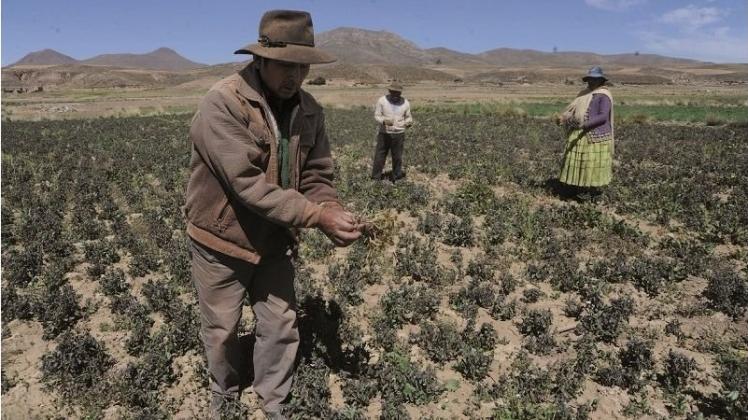
Nemesio said that if “the summer continues until mid-December, the harvest will be lost.” Frosts threaten to “burn the plants” during the early morning, said Marcelino Bohórquez, a 50-year-old farmer from the Lares district. Miriam Trinidad, director of the specialized news site AgroPerú Informa, said that “if the credit problem is not solved, many farmers will stop planting, food security will be put at risk and dependence on food imports will worsen.”
According to official data, between March and June imports of sugar, rice, milk powder, corn, soybeans and wheat increased 24 percent compared to the same period in 2019. The economic crisis could also lead to illegal activities. Some young people from Cusco have returned to the Amazon to earn money from illegal gold mining.
But not everyone looks with despair at the situation in the countryside, where more than 167,000 Peruvians of rural origin returned, expelled from rented rooms and fired from their jobs in the cities. Marcelino Bohórquez, a peasant leader who teaches the benefits of technified irrigation in the Andes, believes that the pandemic has revalued the countryside as a place to live.
“It’s a blessing to me,” said the man who saw his five children return from the city. “The children were reunited with their parents, agricultural frontiers were expanded, more fields were planted, fences have been increased,” he said. “The only sector in Peru that has not been paralyzed is the peasant sector, because as it is family farming, each family has been interned in their fields working daily or grazing their cattle,” added Bohórquez.
